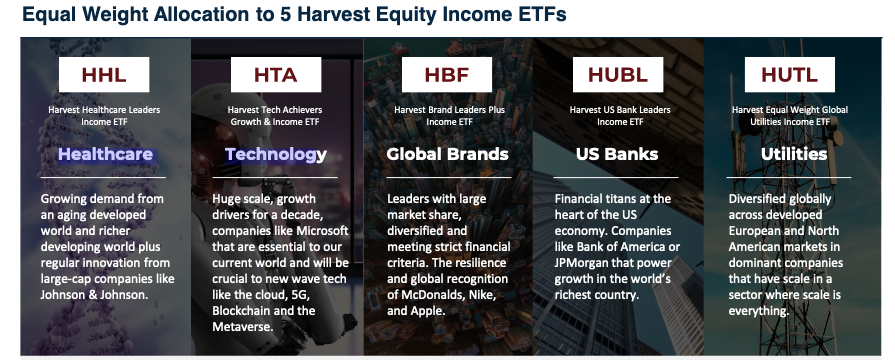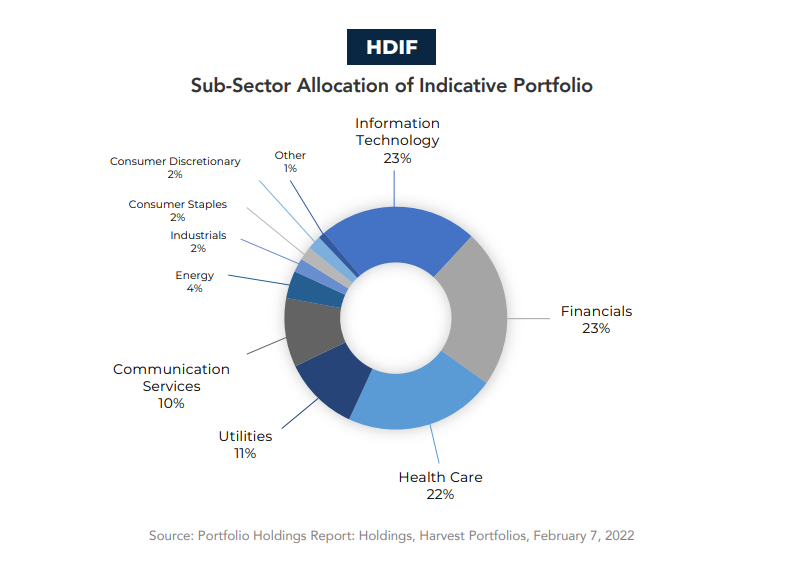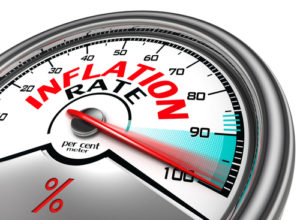 My latest MoneySense Retired Money column, which has just been published, can be found by clicking on the highlighted headline here: Do inflation-linked bonds make sense in an era of rising interest rates?
My latest MoneySense Retired Money column, which has just been published, can be found by clicking on the highlighted headline here: Do inflation-linked bonds make sense in an era of rising interest rates?
The topic is one that until mid 2021 received relatively scant attention: Inflation-linked Bonds and/or ETFs that own them. In Canada, these are called Real Return Bonds (RRBs) while their equivalent in the United States are called Treasury Inflation Protected Securities (TIPS). There are ETFs trading both in Canada and the US that let users own baskets of these securities.
Of course, inflation didn’t seem to be a huge issue for investors until around the summer of 2021 and then the fall, when suddenly the headlines were full of ominous new levels of inflation not seen in years or decades.
These days, traditional non-inflation bonds, or “nominal” bonds famously pay very little in interest, and net returns net of high inflation can easily end up being negative. The idea with RRBs or TIPS is that If inflation ticks above certain levels, such bonds or ETFs holding them tack on extra interest payments roughly commensurate with the rise in the official inflation rate.
Inflation plus Rising Interest Rates
But the column addresses the question of what if the longer-term bonds held in these funds inflict capital losses when interest rates spike at the same time? That’s the problem with some Canadian RRB ETFs that hold too much in long- or mid-term bonds, and most of them do. 2021 was not a good year for funds like the iShares Canadian Real Return Bond Index ETF (XRB) or the BMO Real Return Bond Index ETF (ZRR), which lost almost 5% in the first nine months of 2021, but ended the year slightly positive.
This is less of a problem if you hold RRBs directly: Real Return Bonds issued by Ottawa have long maturities, ranging from five years out to 30 and even 40 years out. I use to own some of these directly, listed as Government of Canada Real Return Bonds, maturing in December 2021 .When I tried to find a new series at RBC Direct Investing, none seemed to be available online. I discovered you can buy newer issues by calling the discount brokerage’s bond desk. The column describes one maturing in 2026 [which I ultimately purchased, although it is now slightly under water] and a second in 2031.
US TIPS ETFs hedged to Canadian dollar
But if you want to diversify through funds, minimize interest rate risk and get exposure to both RRBs and TIPs, there’s a lot more choice with US-traded TIPS ETFs like the Vanguard Short-term TIPS ETF [VTIP], which hold mostly short-term bond maturing in under five years. Continue Reading…






